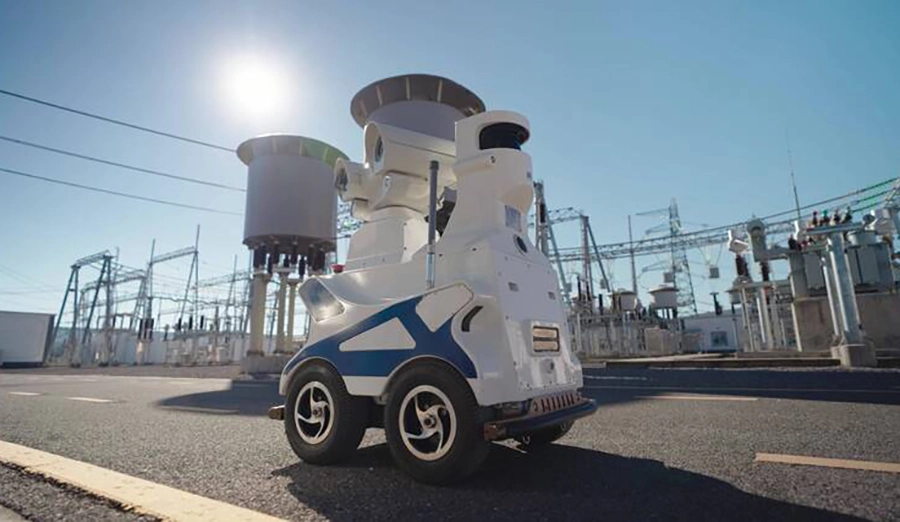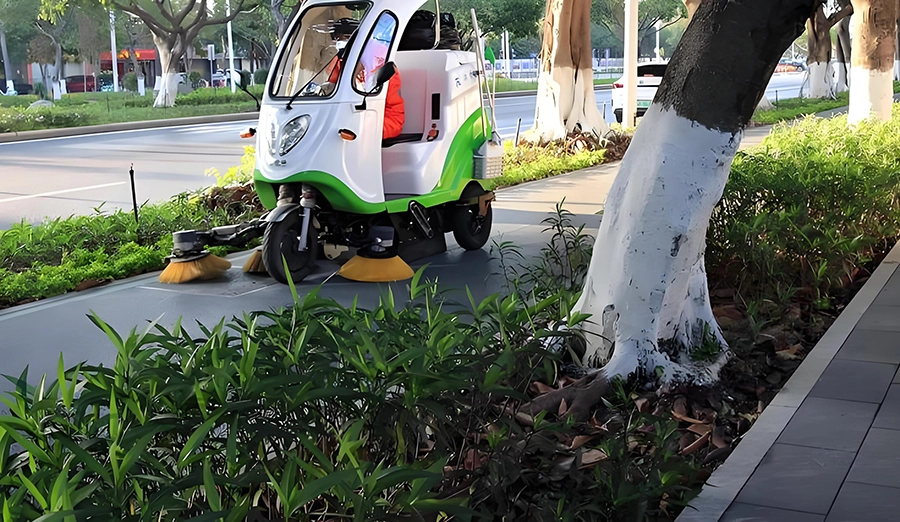
WIRELESS CHARGING IN THE NEWS
With the increasing global awareness of environmental protection, ensuring beach cleanliness has become a focal point for communities and environmental organizations worldwide. Beach cleaning robots, as an innovative combination of technology and environmental preservation, are being increasingly deployed along various coastlines to enhance cleaning efficiency. However, ensuring the continuous operation of these robots without impacting the environment remains a crucial challenge. The application of wireless charging technology offers an effective solution to this issue, significantly boosting the operational efficiency and lifespan of beach cleaning robots.
In traditional wired charging systems, beach cleaning robots must frequently return to a fixed base station, leading to increased downtime and inefficiency for large-scale, long-term cleaning tasks. The constraints of wired charging not only affect the robots' battery life but can also disrupt the natural scenery of the beach, negatively impacting visitor experiences. The introduction of wireless charging technology has transformed this situation. By installing wireless charging devices at suitable locations on the beach, robots can automatically recharge during operation without human intervention, seamlessly integrating with the environment. This contactless charging method greatly enhances the convenience and efficiency of charging, ensuring that robots can operate continuously for extended periods.
Wireless charging systems typically consist of charging bases embedded underground and receiving units on the robots. Utilizing electromagnetic induction or magnetic resonance technology, these systems efficiently transmit energy when robots approach or stay within specific areas. Compared to conventional wired charging, the low-wear design of wireless charging reduces hardware failure rates, enhancing the overall lifespan of the equipment. In harsh outdoor environments, such as beachside moisture and salt spray, traditional charging ports are susceptible to corrosion, while the enclosed design of wireless charging systems effectively mitigates environmental impacts on the equipment.
To achieve efficient operation of beach cleaning robots, the introduction of wireless charging technology helps optimize their scheduling and route planning. Leveraging intelligent management systems, wireless charging stations can synchronize with the robots' work schedules, ensuring robots receive charging at optimal times and routes. This flexible charging arrangement significantly reduces downtime caused by insufficient power, thereby improving cleaning efficiency. Beach cleaning tasks often need to consider various factors such as tides and tourist activities. The convenience and flexibility of wireless charging technology provide managers with greater freedom in scheduling, better accommodating the dynamic needs of beach environments.
The integration of wireless charging technology with big data analytics also opens up new possibilities for the use of beach cleaning robots. By analyzing the charging and usage data of robots, managers can understand operational patterns, optimize energy management, and develop proactive maintenance plans. These data-driven approaches not only help improve the operational efficiency of the robots but also effectively reduce operational costs. With real-time data monitoring, the system can quickly identify and respond to potential issues, minimizing the risk of unexpected downtime, thus providing reliable assurance for the beach's cleanliness and sustainable use.
Looking to the future, as wireless charging technology continues to advance, its impact on the application of beach cleaning robots will become more significant. Future wireless charging devices will be more compact and efficient, with a broader range of applications, capable of flexible deployment in various coastal environments. Additionally, improvements in energy transmission efficiency will support more powerful robots, enabling them to perform high-intensity cleaning tasks for longer periods. As costs decrease, wireless charging will become more widespread, becoming an indispensable technology in the field of beach cleaning. This transformation not only enhances visitor experiences on beaches but also effectively supports global environmental protection efforts, marking an important step toward sustainable development goals.







